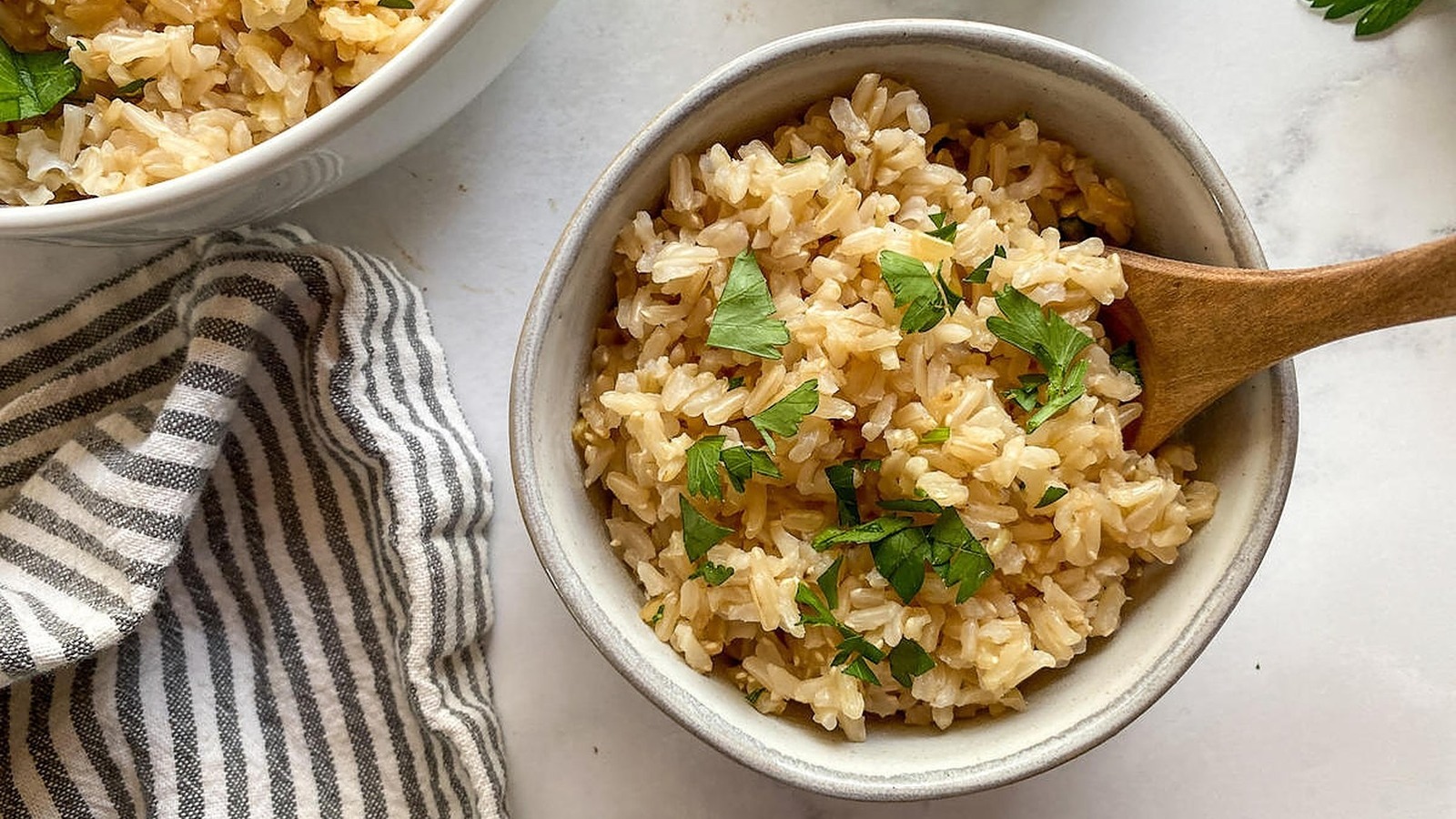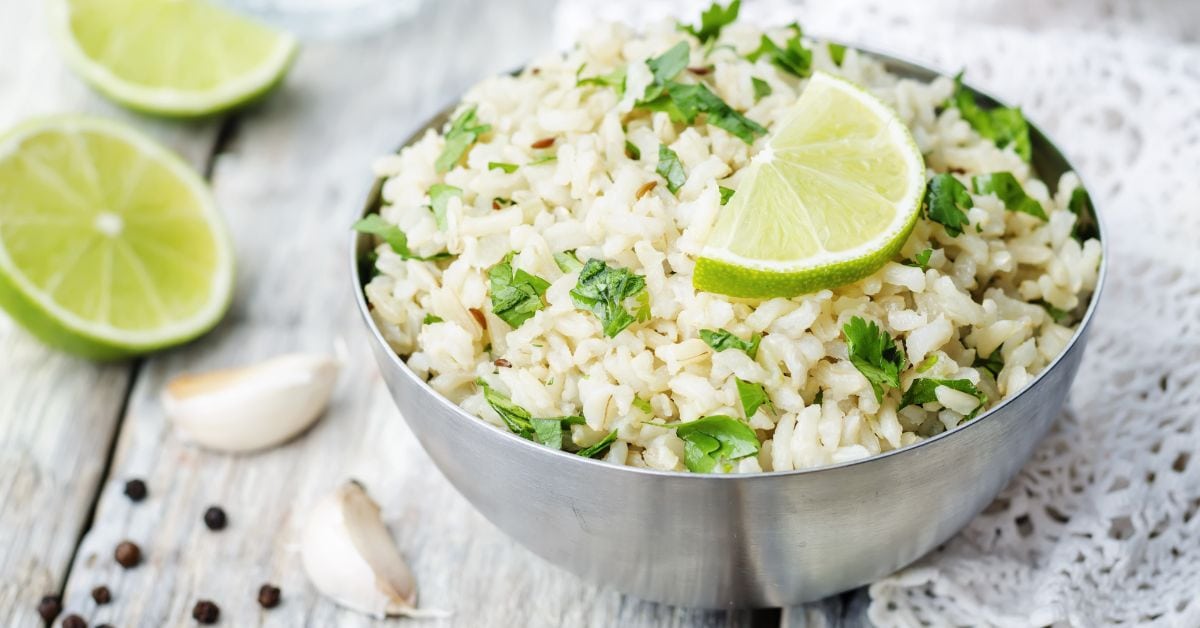A Step-by-Step Persian Rice Recipe: Achieve Perfect Fluffy Grains Every Time
Written By James Morgan
If there's one dish that can elevate your culinary prowess, its the artful Persian rice recipe. Known for its fluffy texture and the crispy golden crust at the bottom called tahdig, Persian rice isn't just a side dish in Iranian cuisineit's often the star of the meal. Whether you're hosting a grand dinner or planning a simple family supper, mastering this dish will impress everyone. This comprehensive guide will walk you through all the steps to perfecting your Persian rice, whether you're using a traditional pot or a modern rice cooker. Before diving into the details, it's essential to appreciate the cultural significance of Persian rice in Iranian cuisine. The process of making Persian rice isn't just about following a recipe; it involves understanding the delicate balance of ingredients and mastering the timing and techniques to create the perfect texture and flavor.
From the delicate saffron infusion to the perfectly crispy tahdig layer, each element of the Persian rice recipe tells a story. Its a celebration of heritage, a showcase of unique techniques, and a delicious example of how simple ingredients can be transformed into something extraordinary.

Ingredients for Persian Rice
- 2 cups of basmati rice
- 3 tablespoons of salt
- 4 tablespoons of butter
- 1/4 cup of vegetable oil
- 1/2 teaspoon of saffron threads
- 2 tablespoons of yogurt (optional)
- 2 potatoes, sliced thinly (optional for tahdig variation)
Lets break down the key ingredients. Basmati rice is preferred for its long, slender grains and aromatic quality. Salt is used for seasoning during the boiling process, while butter adds richness to the final dish. Vegetable oil is crucial for creating the crispy tahdig layer. Although saffron threads are more expensive, they are indispensable for Persian rice, imparting a rich color and unique flavor. Optional ingredients like yogurt and potatoes offer delightful variations to the classic recipe.

Equipment Needed
Using the right tools can make the difference between an acceptable dish and a spectacular one. Heres what youll need:
Having a rice cooker can simplify the boiling process, although traditionalists might prefer using a non-stick pot. The knife set and cutting board are essential for preparing garnishes and variations. Proper cleaning tools are crucial to maintain your cookwares longevity. For related recipes, check out how to cook Quinoa in a Rice Cooker and how to cook Sushi Rice for more rice cooker inspirations.
Preparation Steps
Step 1: Rinse the Rice
Begin by rinsing the basmati rice under cold water. This step helps remove excess starch, ensuring fluffier and more separated grains. Rinse the rice in a large bowl, swirling the grains with your hand, and draining the water several times until it runs clear.
Step 2: Soak the Rice
Next, soak the rice in cold water for at least 30 minutes to an hour. This step is crucial as it allows the rice to absorb water, which will help the grains expand and cook evenly. Add a tablespoon of salt to the soaking water; it will season the rice and enhance its flavor.
Step 3: Parboil the Rice
In a large pot, bring lots of water to a rolling boil. Add the remaining salt and the soaked rice, stirring gently. Boil the rice for about 5-6 minutes until the grains are tender but still slightly firm. Drain the rice in a fine-mesh strainer and rinse it under cold water to stop the cooking process and wash off the excess salt.
Step 4: Prepare the Saffron
While the rice is boiling, prepare the saffron infusion. Crush the saffron threads using a mortar and pestle or the back of a spoon. Dissolve the crushed saffron in a couple of tablespoons of hot water. Let it steep, allowing the water to absorb the vibrant color and unique flavor of the saffron.
Step 5: Layer the Rice
In a thick-bottomed pot or rice cooker, heat the vegetable oil and half of the butter over medium heat. If youre using potatoes for the tahdig, arrange them in a single layer at the bottom of the pot. Add a layer of parboiled rice, followed by a drizzle of saffron water. Repeat this layering process until all the rice and saffron are used up, finishing with a layer of rice. Make several holes in the rice using the handle of a wooden spoon to allow steam to escape.
Step 6: Steaming the Rice
To steam the rice to perfection, wrap the lid of the pot with a clean kitchen towel to absorb excess moisture. Cover the pot tightly and cook over low heat for about 40-50 minutes. This gentle steaming process will give you fluffy rice with a crispy, golden tahdig.
Step 7: Serving the Persian Rice
When the rice is cooked, gently fluff the top layers with a fork to separate the grains. To serve, carefully invert the pot onto a serving platter to reveal the golden tahdig. Alternatively, you can spoon the rice onto the platter and place the tahdig pieces on top. Garnish with a bit of the remaining melted butter and a sprinkle of saffron-infused water for added flavor and visual appeal.
:max_bytes(150000):strip_icc()/__opt__aboutcom__coeus__resources__content_migration__simply_recipes__uploads__2020__02__Pork-Fried-Rice-Lead-2-6ab91efab88f497aa4bb28de3ff526ec.jpg)
Tips for Perfect Persian Rice
To ensure your Persian rice recipe is a resounding success every time, here are some additional tips:
- Use high-quality basmati rice for the best texture and taste.
- Be generous with rinsing the rice to remove excess starch.
- Allow the rice to soak for at least 30 minutes to help the grains expand and cook evenly.
- Don't skip the parboiling step; it ensures the rice cooks perfectly during the final steaming process.
- For a more distinct saffron flavor, steep the saffron in hot water for a longer time.
Frequently Asked Questions
Can I use a rice cooker for Persian rice?
Yes, a rice cooker can simplify the process, though traditionalists often prefer using a non-stick pot to achieve the perfect tahdig. If youre using a rice cooker, follow the same preparation steps but adjust cooking times based on your devices settings.
Is saffron essential for Persian rice?
While saffron is a signature ingredient, adding a distinct color and flavor, you can still make delicious Persian rice without it. Alternative spices like turmeric can be used, though the flavor profile will be different. For another delicious rice variation, take a look at this recipe for Greek Lemon Rice.
Why is my tahdig not crispy?
To achieve a crispy tahdig, ensure you use enough oil, heat the pot properly before adding the rice, and maintain low to medium heat during the steaming process. Also, wrapping the lid with a kitchen towel helps absorb excess moisture, contributing to a crispier texture.
Can I make Persian rice ahead of time?
Yes, you can prepare Persian rice ahead of time. Store it in an airtight container in the refrigerator for up to 3 days. To reheat, steam the rice gently in a pot with a bit of water added, or use a microwave if youre short on time.
Whats the best way to clean cookware after making Persian rice?
Since preparing Persian rice can leave stubborn residues, its essential to clean your cookware properly. Using a dedicated cookware cleaner can help remove any stuck-on bits without damaging the surface. Additionally, apply cutting board oil to maintain and protect your cutting board.
As an Amazon Associate, I earn from qualifying purchases.



